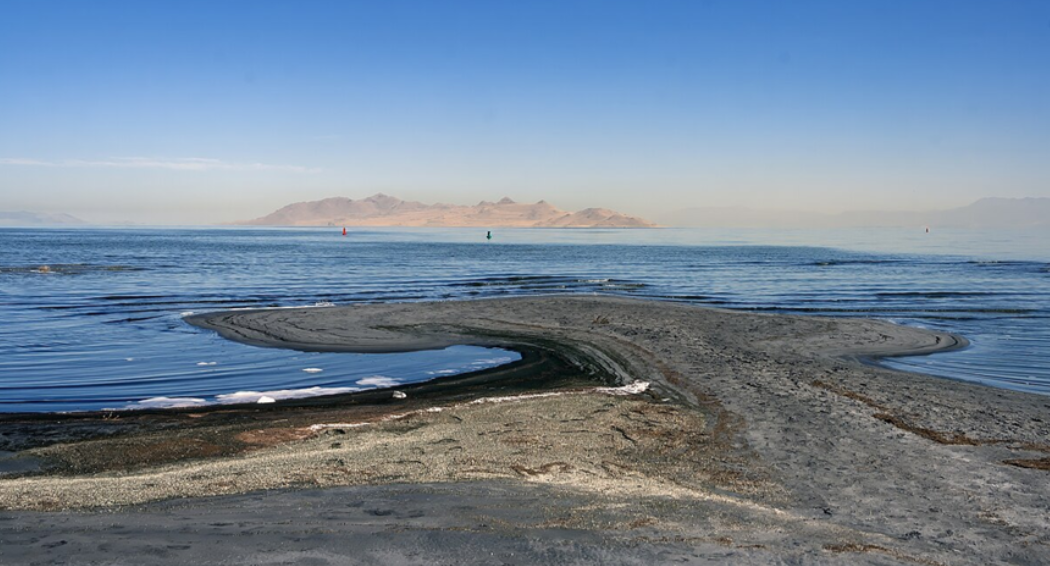The Great Salt Lake in Utah, USA, is the largest saltwater lake in the Western Hemisphere, and the basin in which the lake is located is also the world’s fourth largest endorheic basin. The Great Salt Lake basin has accumulated a total of about 6 billion tons of salts, mainly sodium chloride, sulfate, magnesium, potassium, etc. are also very rich. Surrounded by large sand dunes, salt marshes and swamps, the Great Salt Lake remains isolated from nearby cities and towns.
As Utah’s Great Salt Lake shrinks and more salt marshes are exposed, there is growing concern about the release of dust from the dry lake bed and a lack of adequate data to understand what pollutants are present in these air deposits.

Lakebed sediments of a U.S. salt lake expose potential dust contamination threat
—
Leave a Reply